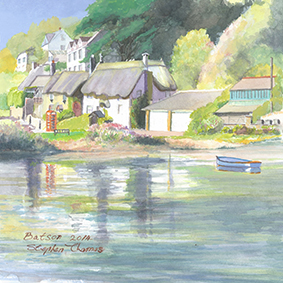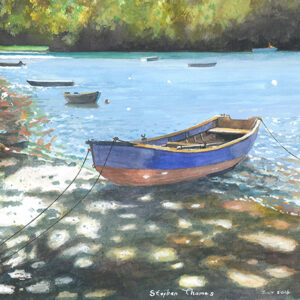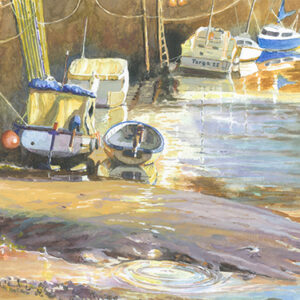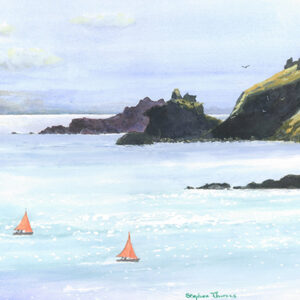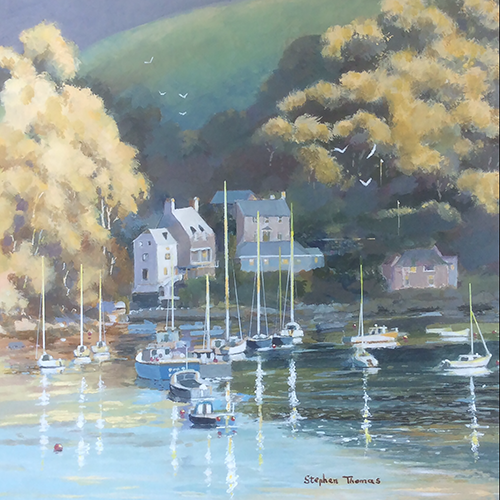An artist’s work is never done – and here is an update on my work-in-progress.
What do artist’s do when the ‘season’ is over?
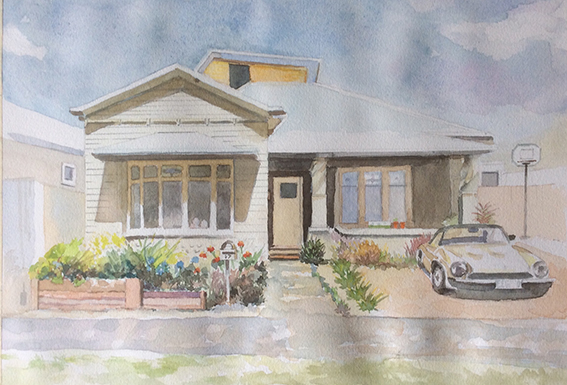
House portrait: preliminary sketch of Anne’s daughter’s home in Melbourne, Australia
Once the SHAF Arts Trail is over – that’s at the end of October – you might think artists put down their brushes and take a holiday.
Most years, that’s precisely what I do!
Every three years, Anne and I visit her daughter in Melbourne. We aim to spend at least seven weeks travelling and, although I take a minimal watercolour kit with me, the time is mostly spent with family, and relaxing. We enjoy a well-earned rest. However, this is something I painted during our most recent visit: a house portrait of their home. This is just the sketch; the finished painting is on their living room wall.
Every three years, we also spend the Christmas holiday somewhere else by ourselves: Malta or Madeira, anywhere warm … and again I take an art kit with me. I tend to spend more time painting on these holidays but only because Anne is usually busy with a writing project. In our apartment, we set up our separate corners – a studio area for me, a writing desk for Anne – and only meet up for walks and meals! It’s a complete break from our usual routine and, even if we are only away for a few weeks, we need that change of scenery to recharge our batteries.
Every three years, and it’s this year, we stay at home – to play host to friends and family at this special time. This is also my chance to catch up on my painting. The real stuff. The paintings I need in stock ready for the start of the next season.
And Anne is very busy, writing her latest NaNoWriMo novel, so I’m grateful she’s made time to type up my blog for me.
Studio update
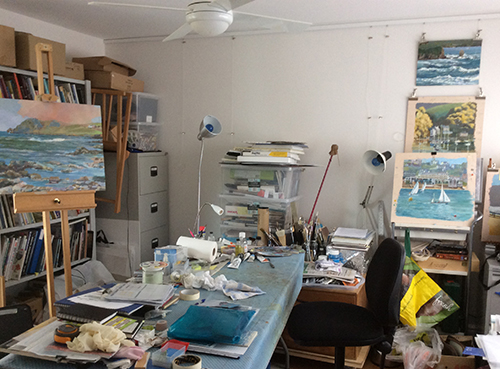
My new studio space
While we were away last Christmas, we had a lift installed so that our home is wheelchair friendly. This was very much appreciated by at least one visitor to our home during the SHAF Arts Trail fortnight in October.
In the redesigned part of our house, I now also have a new studio. It’s larger and lighter than the previous one, and it’s already full of my ‘stuff’. It may look a bit of a mess to you, but I know where everything is.
Work-in-progress
You’ll notice, on the far wall, the gallery-style strip at ceiling level. There is almost invisible plastic ‘wires’ hanging down on which, in other areas of the house, I hang pictures that are available for sale. In my studio, I’ve devised a system of bulldog clips to hold my work-in-progress paintings. You can see three of them on the right, and there’s another on the easel.
Yes, there are quite a few! And there are more – mostly oil paintings – drying in the airing cupboard.
At the moment, only one of these paintings is signed. I sign my paintings when I feel that I should do no more to them. A signed painting is, therefore ‘finished’ and ready for the next stage.
Are any finished yet?
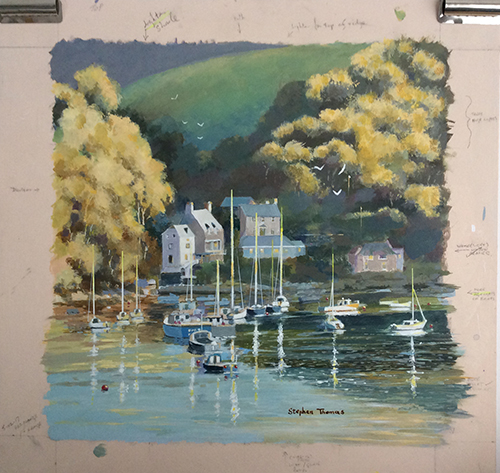
A finished, signed, painting ready for the next stage
Only the one so far … as you can see, it’s an oil, on board.
My handwritten notes to myself are still visible, as well as the guidelines for the photographer.
It is square in shape and therefore ideal as a fine arts greetings card. No cropping necessary …
What happens next?
Good question! Before any of my paintings are varnished or framed and made ready for sale, I have them professionally photographed.
Rather than taking paintings one at a time, I batch them. So, two or three times a year, we book a session with the photographer and trek into Plymouth for the day.
Ahead of that appointment, Anne and I sit down together and confirm the sequential number of each painting – this one will probably be number 136 – and its title. This data is added to the computer records of my art, and also written on the back of the painting for identification purposes.
Because I paint a limited number of scenes, coming up with an original title can be a challenge. It can’t just be the place name. I need more. Low tide at … Dawn at …
Sometimes, especially when I have decided to paint one scene in different media, or in different sizes, we resort to Roman numbering: Salcombe Dawn I, Salcombe Dawn II, Salcombe Dawn III, …
Having decided on the number and the name for each painting, and recorded it, we forward that information by email to the photographer so he knows how many paintings to expect and can name his electronic files in such a way as to avoid confusion. This is especially important when I have a series of very similar paintings.
And then what?
I leave the original paintings with the photographer for a few hours, and Anne and I make good use of that time, shopping in Plymouth.
Then, I return to the photographer to see the results of his work. The images he has taken are printed onto good quality paper, so that I can check the colour match against the original. And, at a later date, I can arrange to have giclée prints made – knowing the print will be as close in tone and hue to the original as possible.
And then we put all the originals back in the boot of the car and head for home.
Job done … except then, I need to make time for varnishing the acrylics and oils and book the framer.
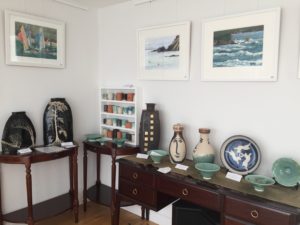
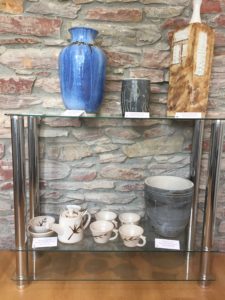
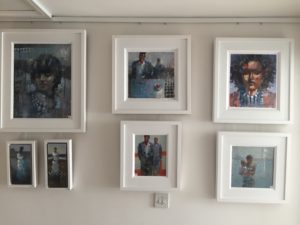
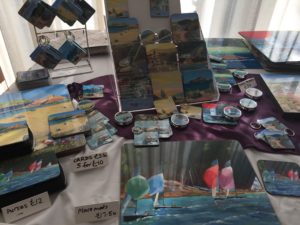
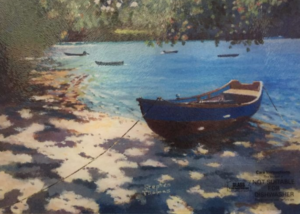


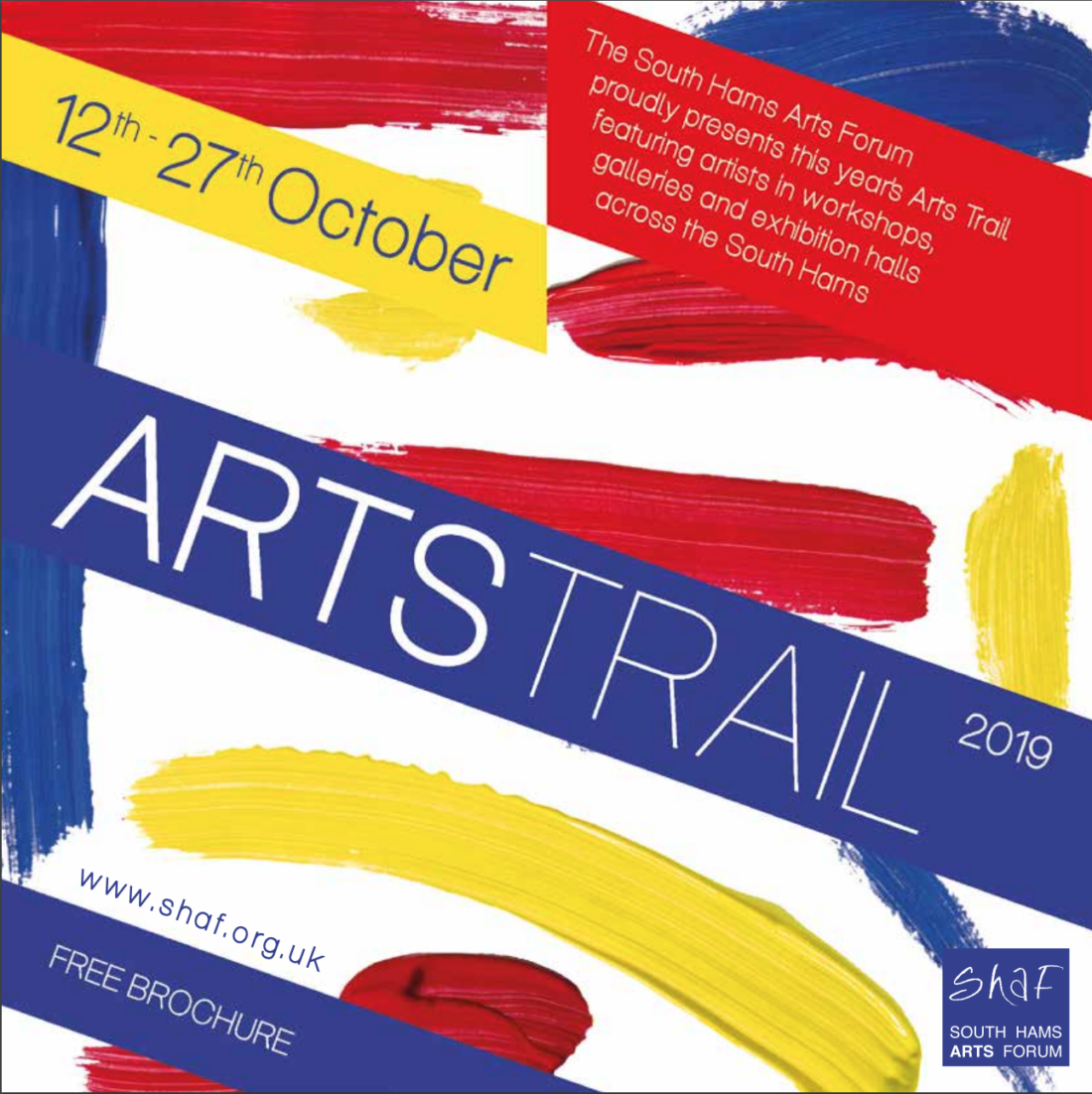
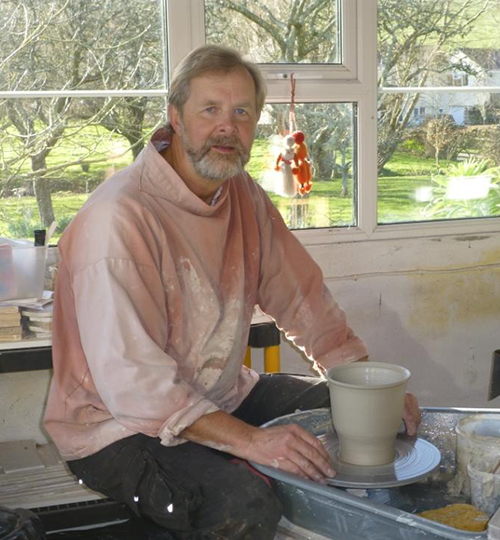
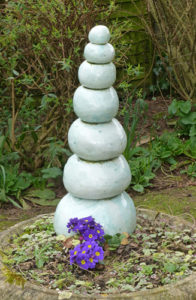
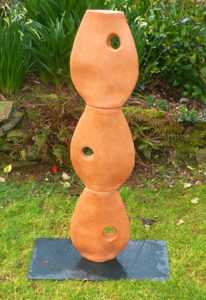
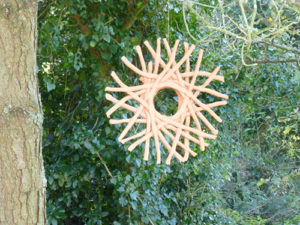
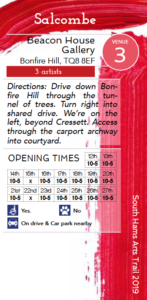
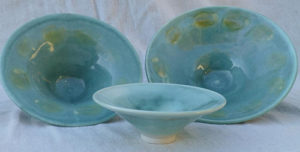
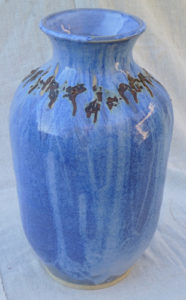
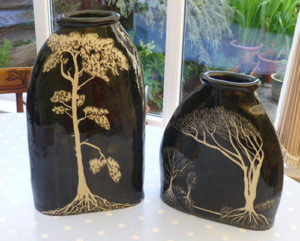
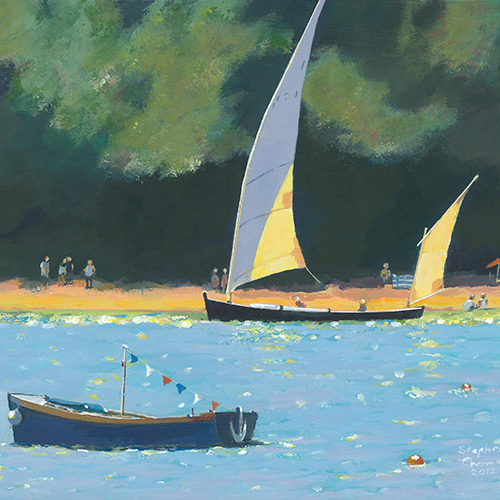
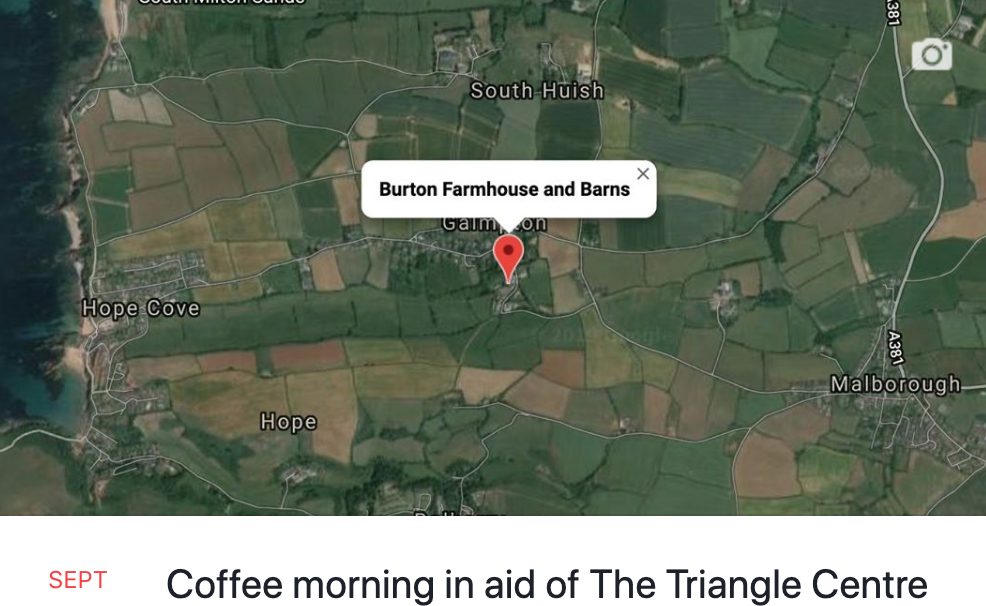
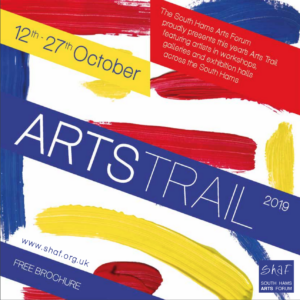
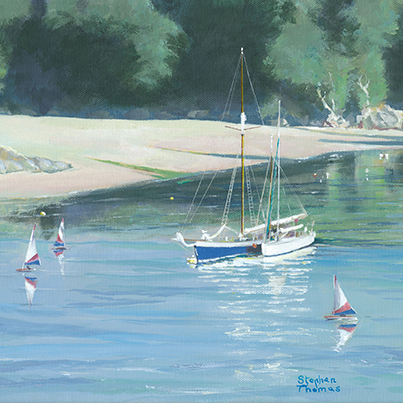
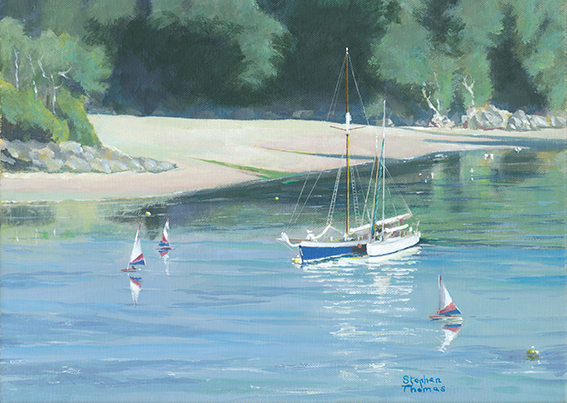

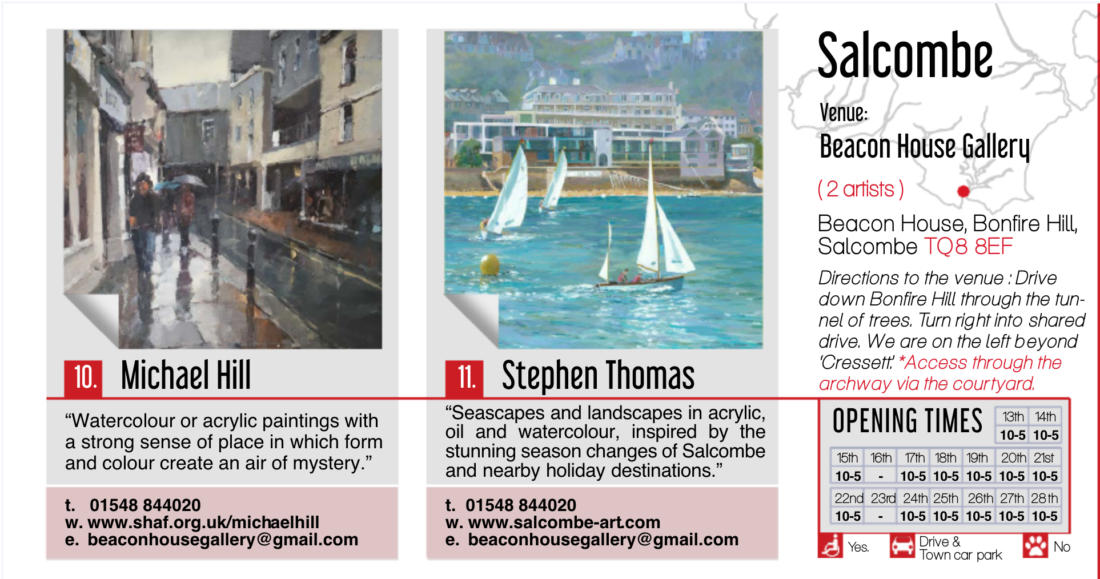
 Guest artist: Michael Hill
Guest artist: Michael Hill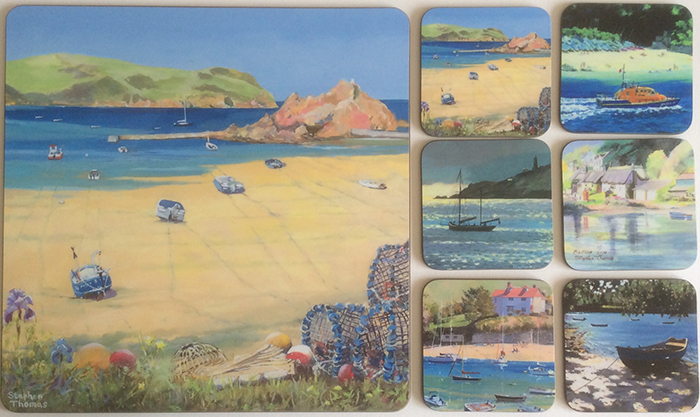
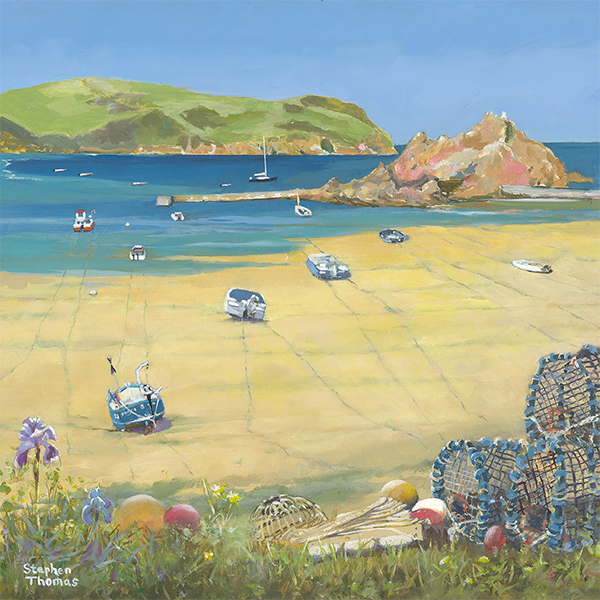
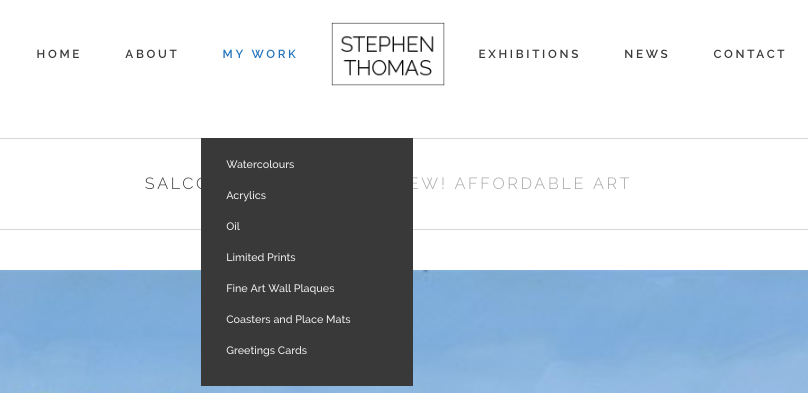
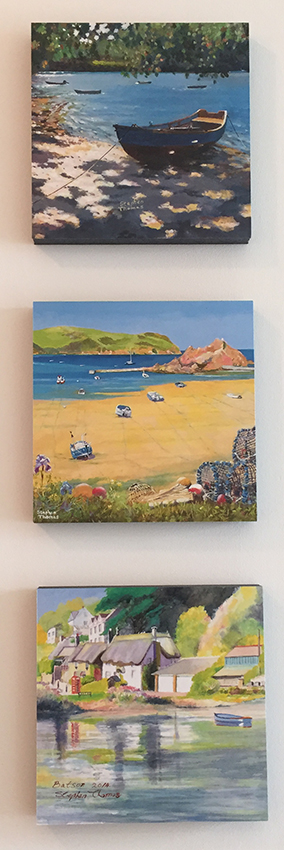
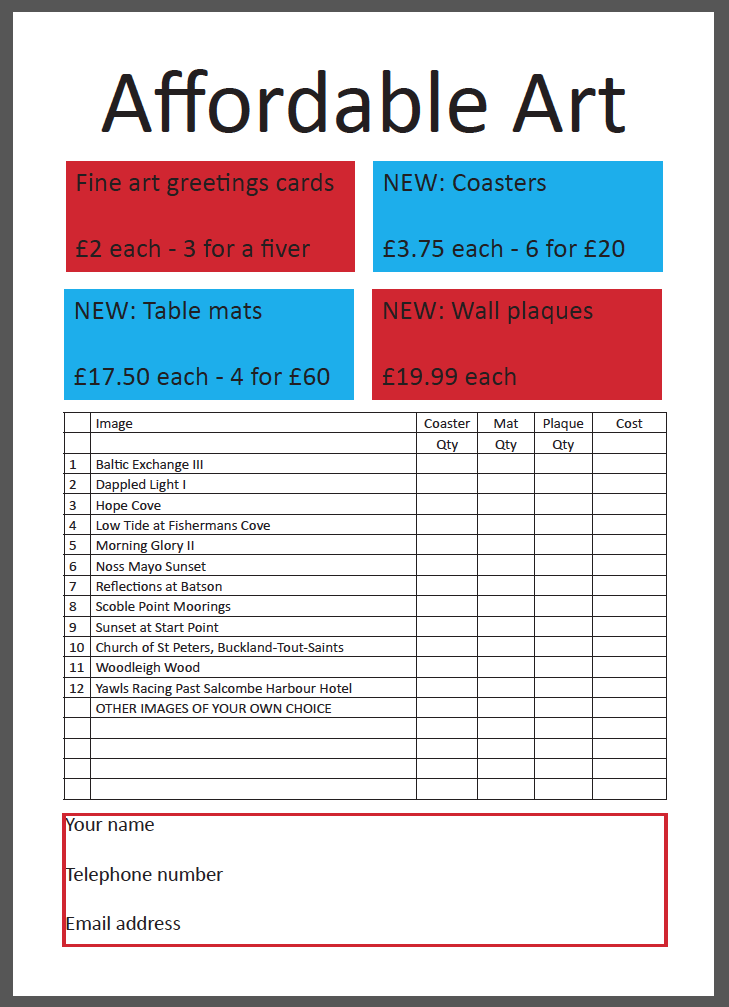
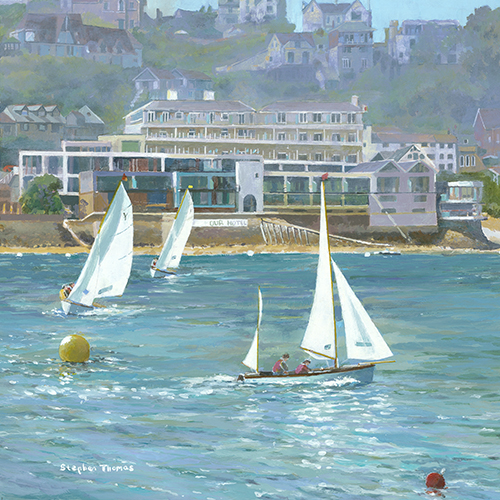
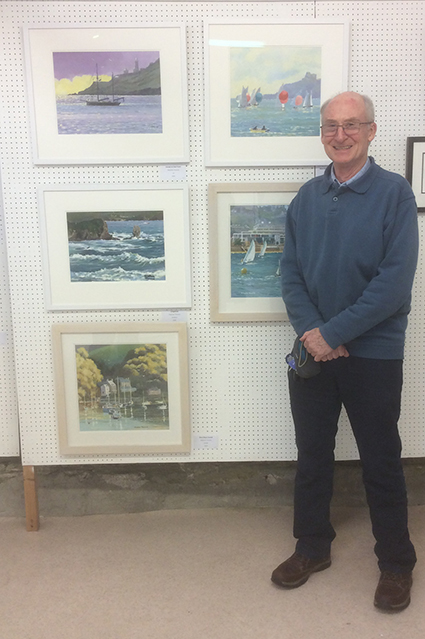 On display in the Loft Studio, there are five of my paintings.
On display in the Loft Studio, there are five of my paintings.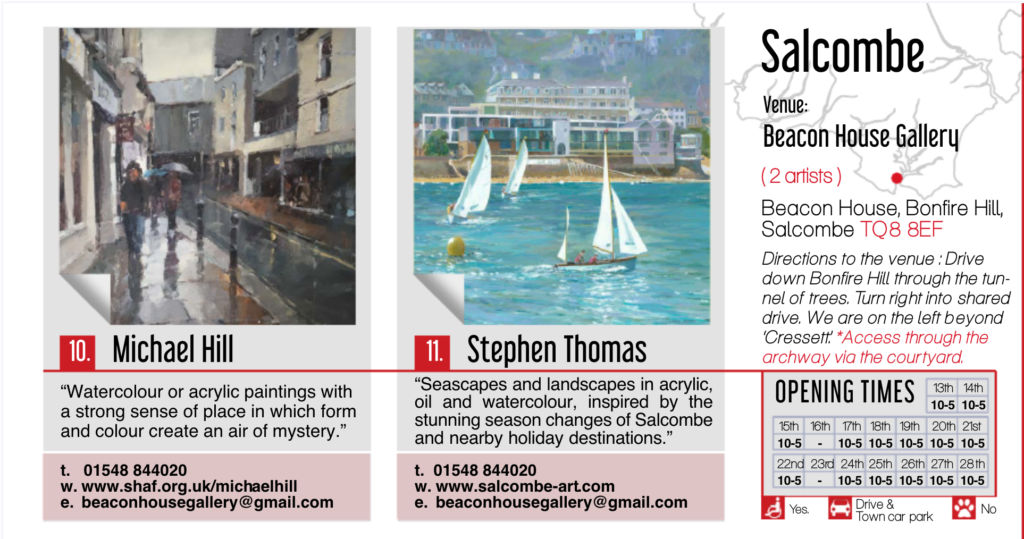
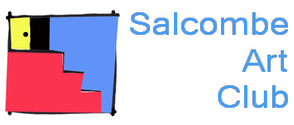 As a member of Salcombe Art Club, I’ve exhibited in the club’s Summer Exhibition for many years now.
As a member of Salcombe Art Club, I’ve exhibited in the club’s Summer Exhibition for many years now.
